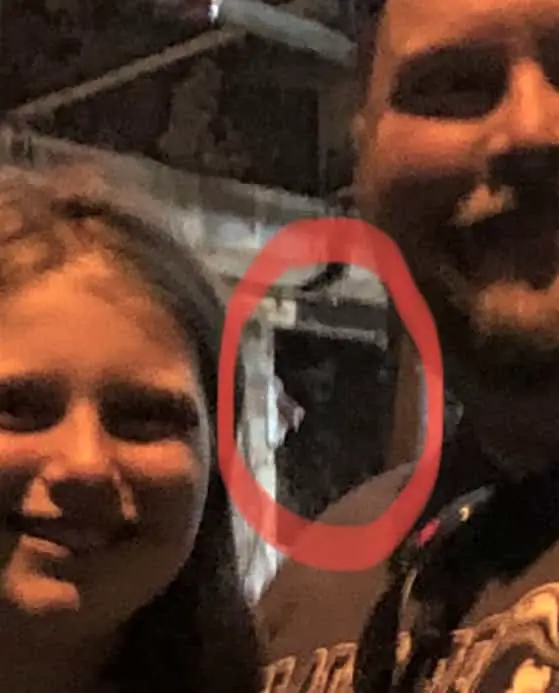Malahide Castle, just outside Dublin, is one of Ireland’s most haunted.
One of the supposedly spookiest castles in the entire world is Malahide Castle. The castle, which is in County Dublin, Ireland, is well-known for its many ghosts and apparitions. But it’s also a very appreciated leisure spot where locals and tourists go to experience some of the fascinating Irish history, nature, music, and sports. In this article, we will investigate if there could possibly exist any real paranormal phenomena among all the happy holiday- and Sunday visitors.
A brief background to Malahide Castle
It’s situated just 14 kilometers north of Dublin, Ireland, in the small coastal town of Malahide. With a history that dates back to the 12th century, it is one of the oldest castles in Ireland.
Sir Richard Talbot, a formidable Norman knight who was given the land by King Henry II of England, first constructed the castle in the 12th century. The Talbot family lived there for more than 800 years, constructing additions and improvements throughout the centuries.
The castle has witnessed a great number of battles and sieges. It played a significant role in the political and military affairs of the time and was at the epicenter of the power struggles between the Irish and English during the 16th and 17th centuries.
Despite suffering significant damage during the Irish uprising of 1641, the castle was rebuilt in the 18th century by the Talbot family, who focused on the structure’s aesthetics and added a number of elaborate features, including the magnificent Gothic Revival Great Hall.
The last Talbot owner sold it to the Irish state in 1975. More about that later on.
Why is it called Malahide?
Malahide, which in Irish means “Hill of the Hydes,” is a place name. Prior to the Talbots, there was a family called the Hydes who were renowned for their generosity and hospitality.
The Family Talbot
One of the most powerful families in Ireland, the Talbots had a presence outside the boundaries of the castle. They were well known for their wealth, influence in politics, and support of the arts.
When the Talbot family first settled in Malahide in the 12th century, they gradually added to and upgraded the castle, transforming it into the imposing building it is today. The Talbot family lived in the castle for more than 800 years, and many of Malahide Castle’s most well-known ghosts are said to have appeared during this time.
Being a prominent family, the Talbots frequently found themselves at the center of political scheming and conflict. A number of the family members participated in uprisings against British rule during the 17th century, and the castle was frequently besieged as a result.
Despite these difficulties, the Talbots were able to hold onto their sway for many years. They had their own currency at one point because they were so strong. Rose Talbot, the sister of Milo, the 7th Baron of Talbot, was the castle’s most recent owner. He passed away in 1973, leaving Rose the castle, who was forced to give it up to the Irish government because of inheritance taxes.
The Talbot family’s influence is imminent inside the premises. The numerous rooms and hallways host decorations and furniture from the 15th century all the way up until the 1950s. It is an impressive residence… And it supposedly has a pretty impressive collection of ghosts as well.
The Haunted Castle of Malahide
A number of ghosts, each with their own legend and story, reside at Malahide Castle. Here are six of the most well-known specters rumored to haunt the castle:
- The ghost of Maud Plunkett: One of Malahide Castle’s most well-known ghosts is that of Maud Plunkett. Her ghost is thought to serve as a tragic reminder of her murder and is said to wander the castle wearing a white dress. The story goes that Sir Walter Hussey, Maud’s husband, killed her because he was envious of her wealth. Many visitors to the castle claim to experience a chill when they are close to the spot where Maud’s alleged murder took place.
- The ghost of Lord Galtrim, who is infamous for his violent tendencies and elaborate attire. He was said to have been a notorious drinker, and gambler, and to have treated his servants with great cruelty. He is sometimes spotted by guests walking through the halls, and some even claim to feel a chill in the air when he is nearby.
- The ghost of the Lord Chief Justice: It is said that the Lord Chief Justice’s ghost can be heard screaming in agony throughout the entire castle. His execution, according to legend, was due to his participation in a scheme to overthrow the government. Visitors mention hearing his screams and experiencing uneasiness when they are close to the spot where he was put to death.
- Miles Corbett’s ghost is another well-known ghost that resides in Malahide Castle. He supposedly supported Oliver Cromwell and was executed for his participation in the English Civil War. Sometimes, people claim to see his ghost wandering the corridors wearing a white shirt.
- The ghost of the White Lady: She frequently appears floating through the castle while wearing a white dress. She was a young woman who, according to legend, was made to marry against her will. She passed away soon after her wedding, and it is said that her ghost serves as a reminder of her tragic end. Many times, visitors to the castle claim to see her ghost and get a chill when she is nearby.
… The most well-known ghost, however, goes by the name of Puck.
According to the legend, Puck was in charge of guarding the castle and warning his masters if the enemy was nearby. Puck neglected his responsibilities one crucial evening and failed to warn the Talbots of an impending attack. Many people died as a result of the enemy invasion of the castle. Puck is said to have hanged himself in the castle after feeling overwhelmed by guilt and shame over his failure.
But sometimes the stories don’t line up. Others assert that he worked for the Talbot family as a jester. He committed suicide because of a broken heart after the family no longer required his services. The area where he once performed is frequently where visitors to the castle report feeling uneasy.
Others claimed to have heard his laughter and noticed odd movements out of the corner of their eyes before turning to discover nobody was there. Additionally, he detests changes to the castle, especially those that are unfavorable. There were reportedly many incidents when Rose Talbot turned over the castle in 1975. That clearly didn’t sit well with Puck.
Puck is regarded as a friendly ghost despite his reputation for mischief. In an effort to curry his favor and keep away from his pranks, visitors to the castle frequently leave offerings of coins, treats, and other little trinkets in his honor.
His name is pùca, which is an Irish word that simply means “ghost.”
So, are the ghost stories true in any way?
Let’s examine what we have:
There hasn’t been a thorough and well-documented paranormal investigation of the site, as far as I can tell. That might be a result of the Castle’s managers’ reluctance to approve such endeavors. The castle has developed into a significant tourist destination with a variety of attractions. The Talbot Botanic Gardens, which has a Victorian conservatory, a cricket field, two golf courses, tennis courts, and a boules area, is part of the estate. Additionally, there is a visitor center, a cafè, and a large children’s playground.
As if that weren’t enough, Shannon Heritage, the site’s current operating partner, has been opening up for concerts since 2007. This covers appearances by artists like Liam Gallagher, The Cure, Nile Rodgers, and Depeche Mode, among others.
The ghost tours are a part of the deal because the castle is managed and marketed as a full-service attraction. It still doesn’t focus on paranormal phenomena as much as many other places of a similar nature. However, that is not a drawback. It could provide us with more precise information about any eerie activities taking place.
Even so, simply put, no concrete evidence other than witness testimony has surfaced. The only thing we have are stories of feelings, a sense of chill, and uneasiness. No registrations, video footage, photo, or even a scraping EVP.
What the experts say.
- Irish Paranormal Investigations visited the Castle but returned with no conclusive evidence.
- Ireland’s Paranormal and Supernatural Investigations has never been to the Castle.
- There aren’t even any good YouTube videos or clear footage of Puck or anything else. When it comes right down to it, it is a bucket of nothing.
However, the Castle is stunning and it has a fascinating past. You should definitely visit it if are in the neighborhood, and you don’t mind the complete lack of paranormal activity.
Practical Information
The best way to get the most recent information about visiting hours is to always check Malahide Castle’s official website. It is situated nine miles north of Dublin’s downtown in the lovely coastal town of Malahide.
- Address: Malahide Castle in Malahide, County Dublin, Ireland.
- Telephone +353 1 8169538
- e-mail to reservations@shannonheritage.com
Use these contact options if you have any inquiries or wish to make a reservation for a guided tour. The ghost tours provide an exciting look into the castle’s past although you are not likely to be able to witness any real paranormal phenomena. They are available all year long, but it is advised to make reservations in advance.
In-depth information about the history of the castle, and the Talbot family, is also available in the form of self-guided audio tours. The audio tours can be purchased on-site and come in a variety of languages.
The estate also has two distinct gardens, a children’s playground, and the only butterfly house in Ireland.
Conclusion
There really isn’t much to go on. Stories and feelings. I can’t consider it reasonable to give the beautiful Malahide Castle more the one star… And that’s just because I don’t give zero stars.

sources
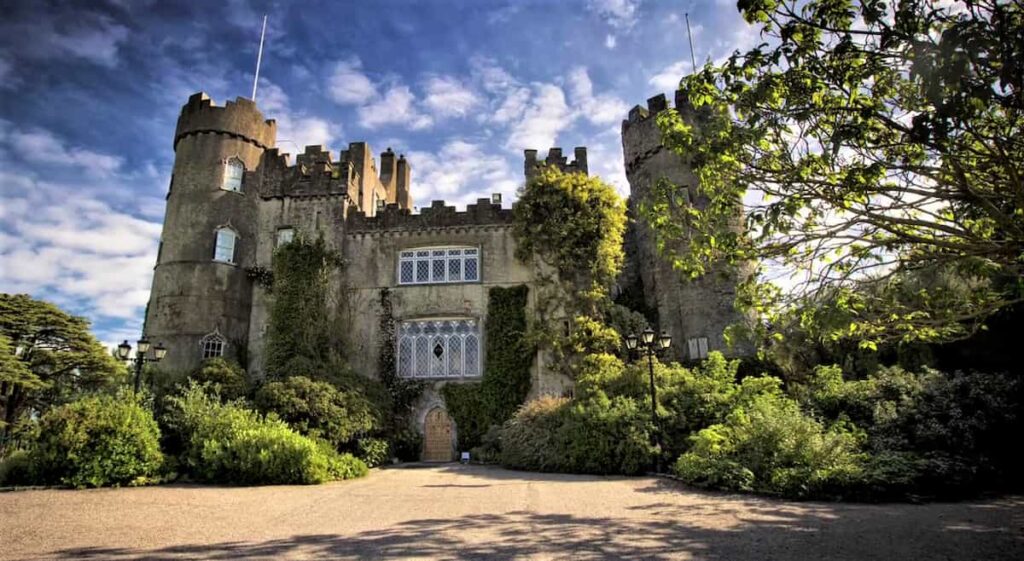

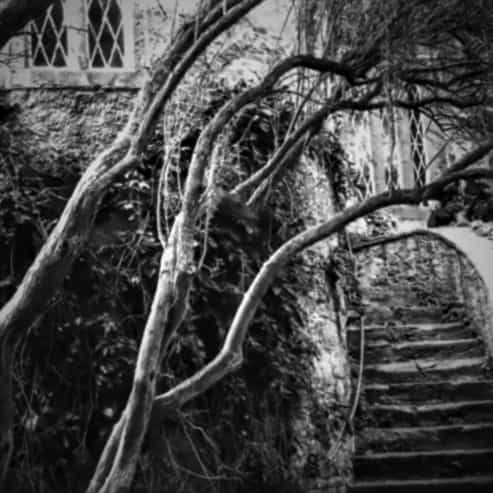
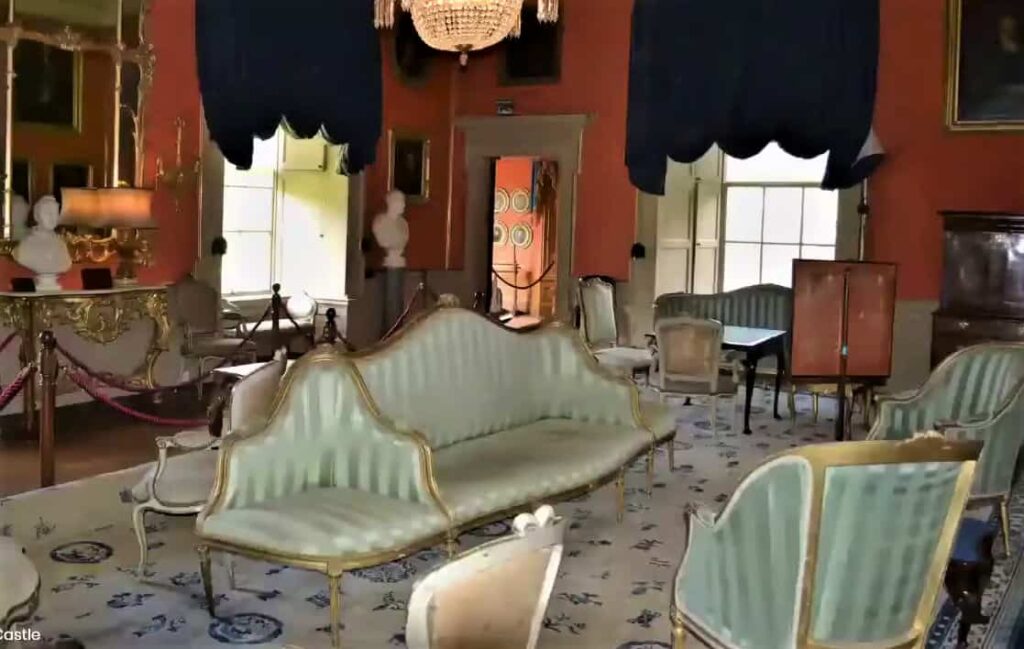
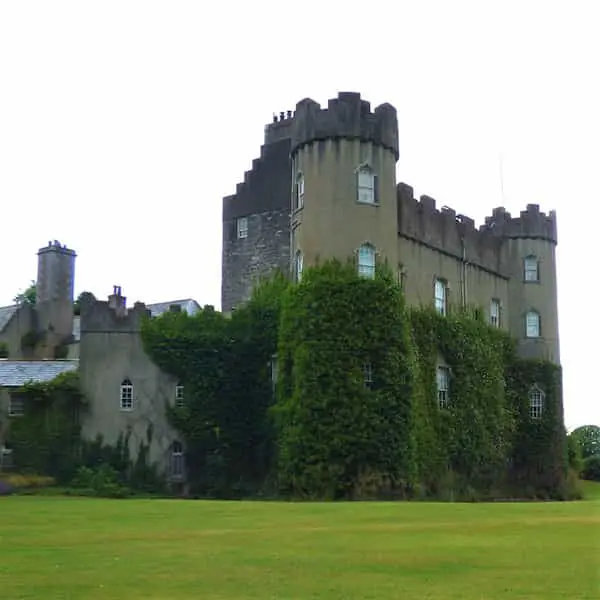
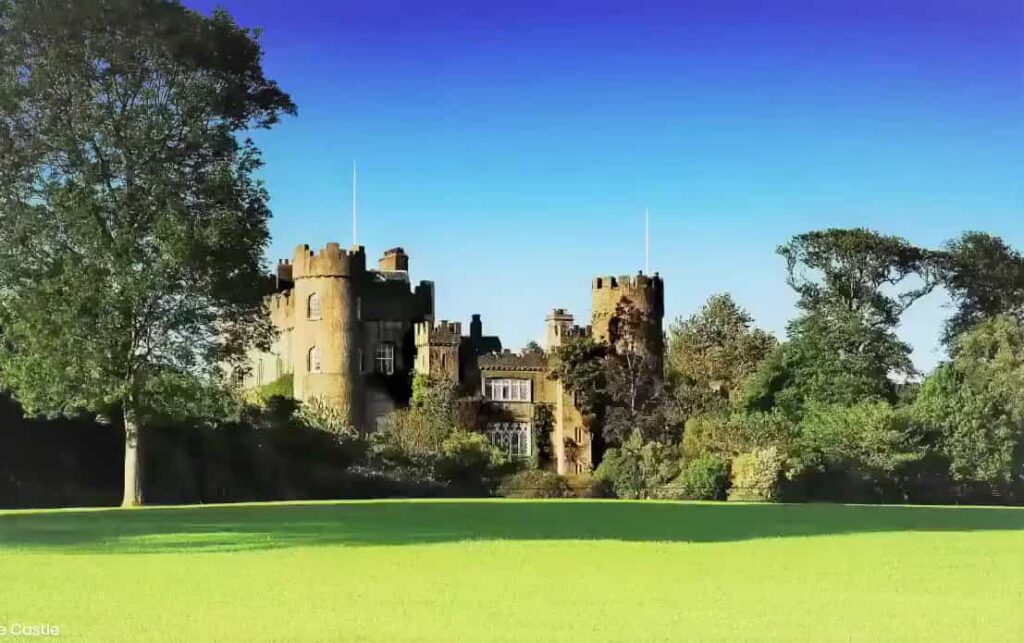



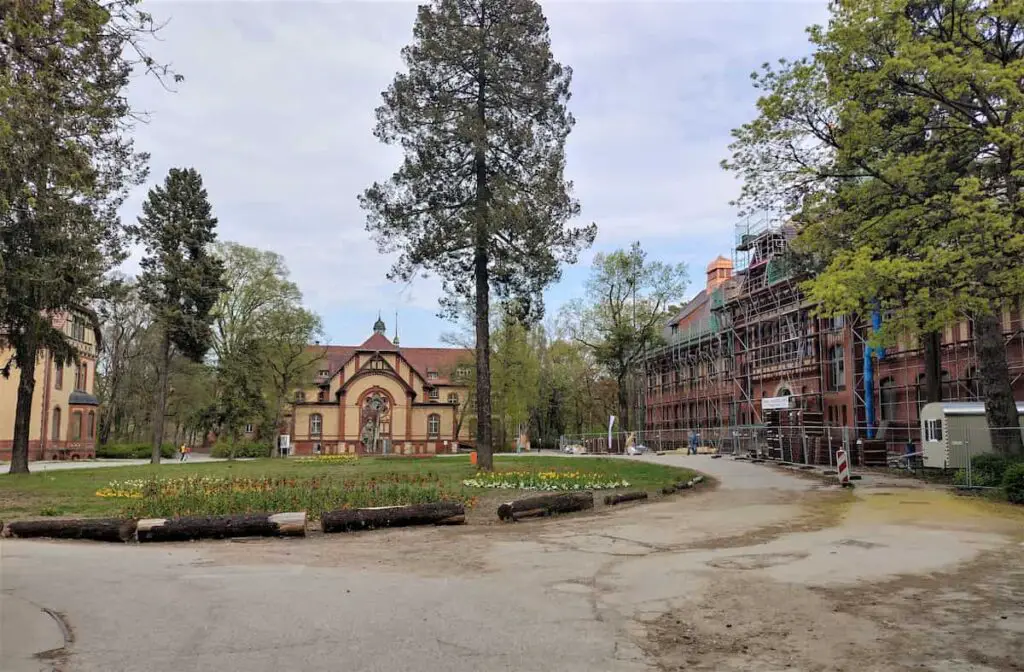
 The environment is perfect as a background for ghost stories. It’s vast, 200 acres with 60 different buildings to explore.
The environment is perfect as a background for ghost stories. It’s vast, 200 acres with 60 different buildings to explore.
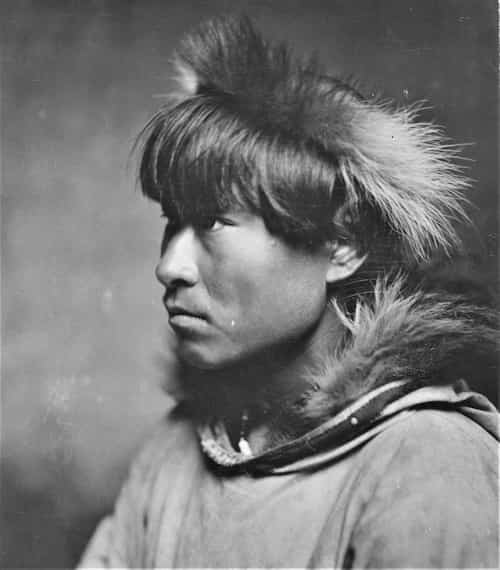

 In the same way, the
In the same way, the 


 So, all carbohydrates work in the same way, then?
So, all carbohydrates work in the same way, then?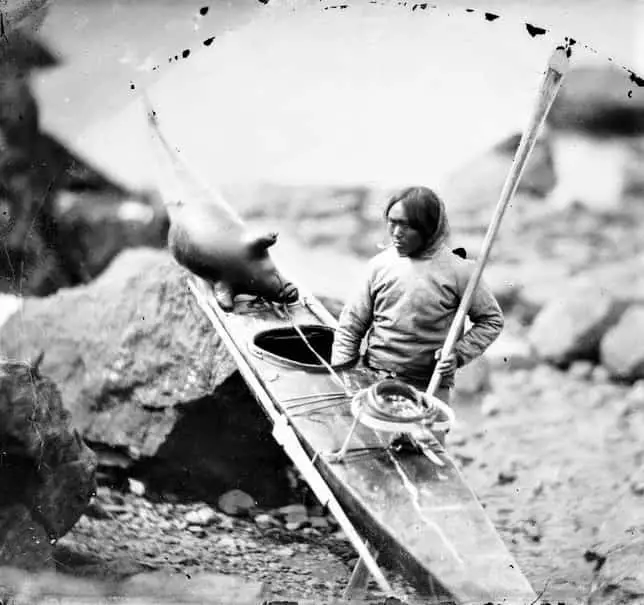



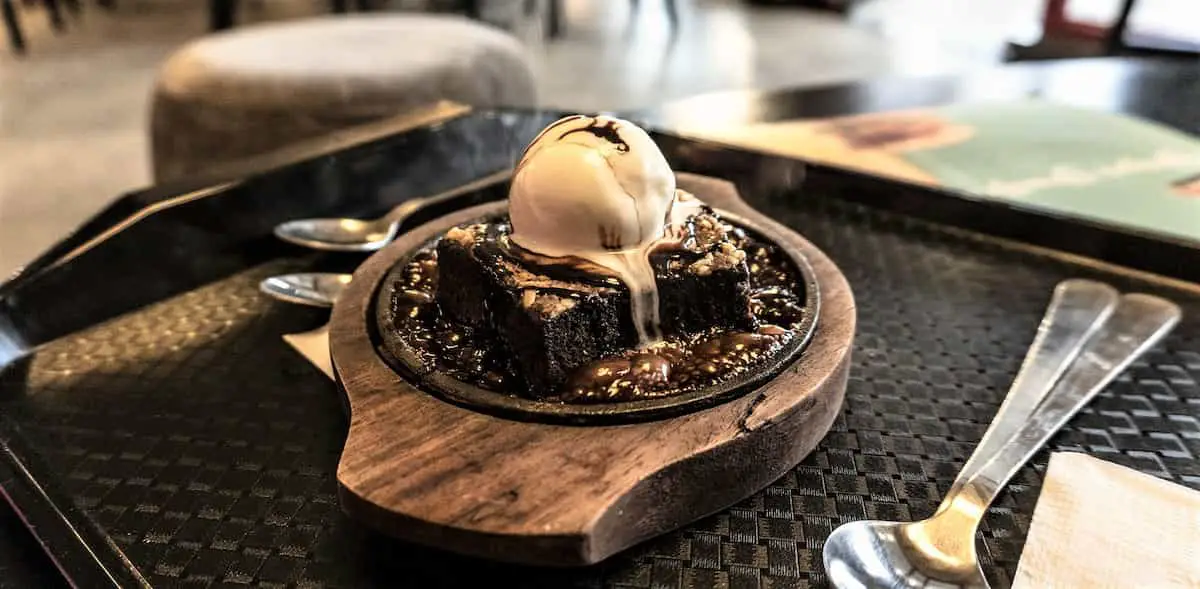



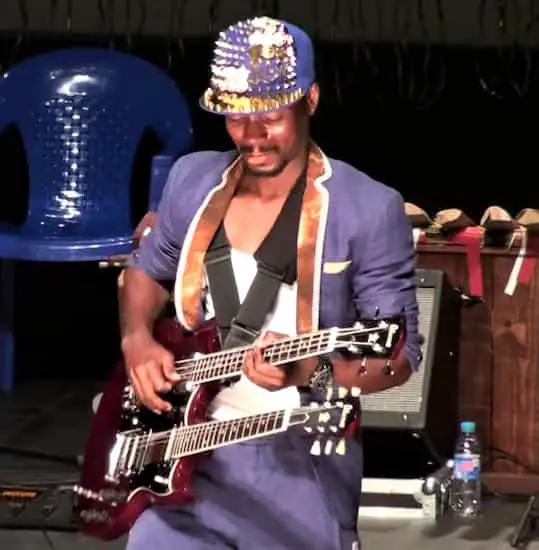
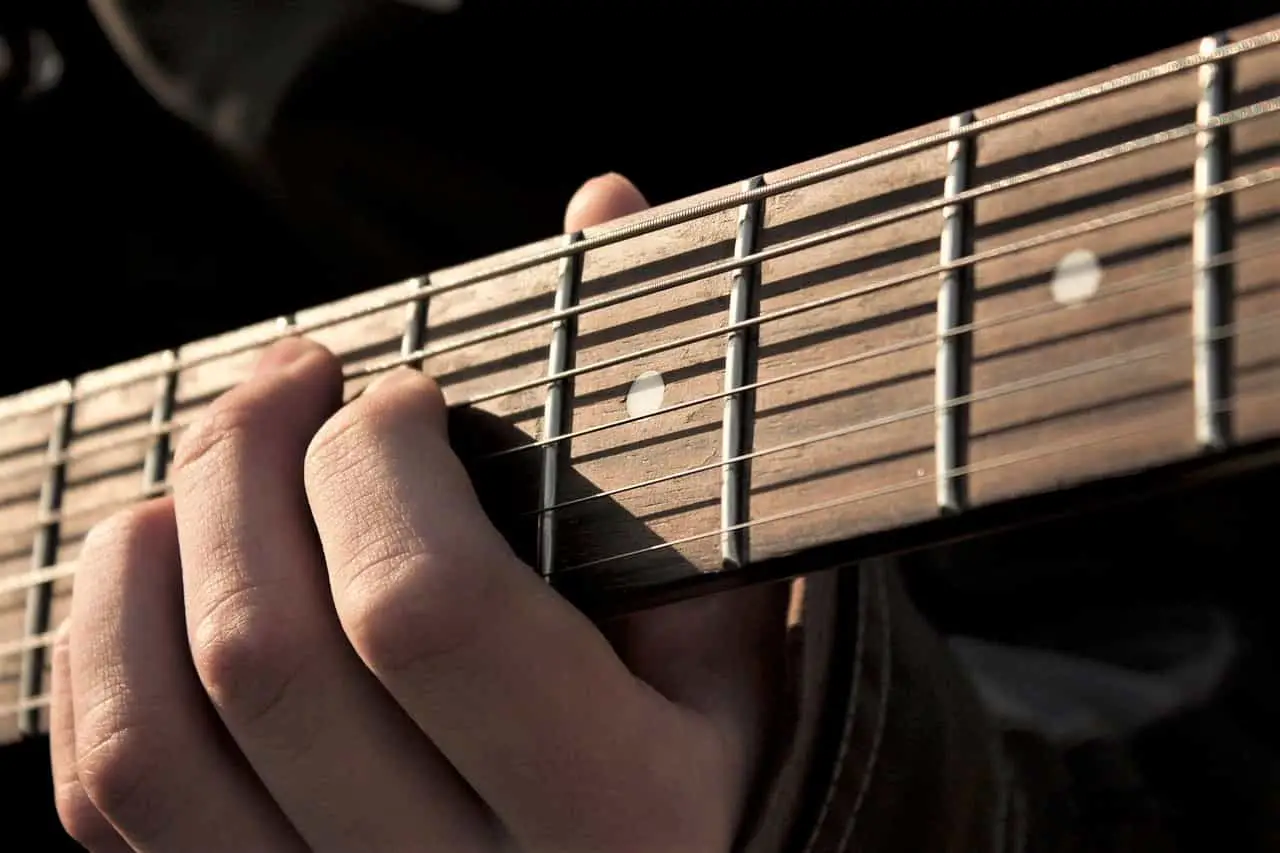 The reason why you should at least try out a real, certificated teacher.
The reason why you should at least try out a real, certificated teacher.

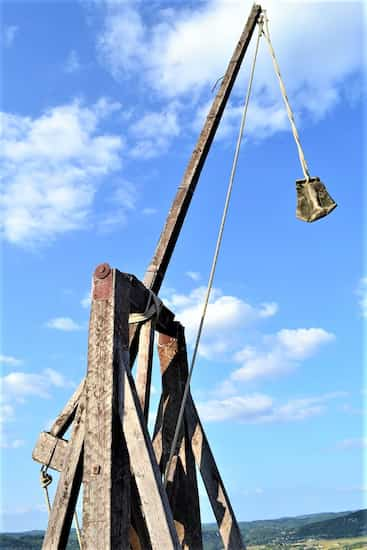
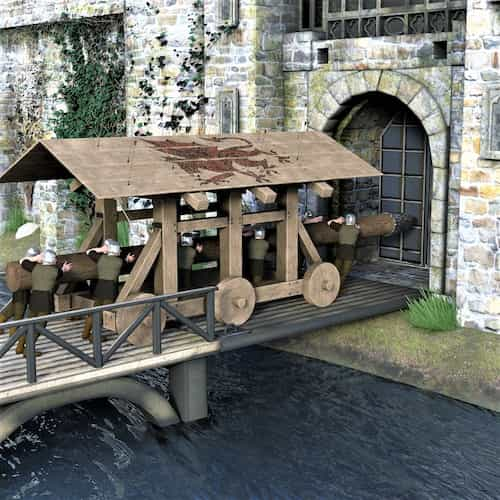
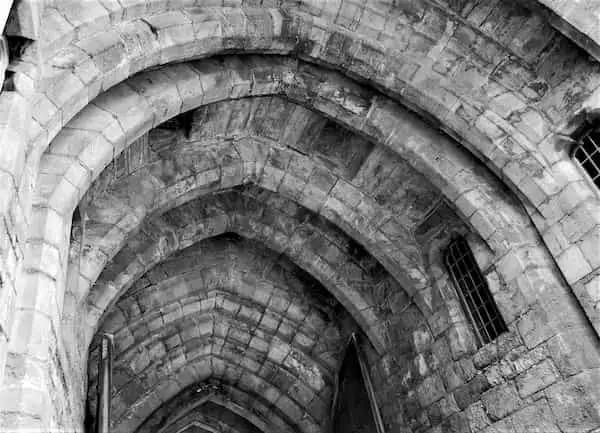
 The political context.
The political context.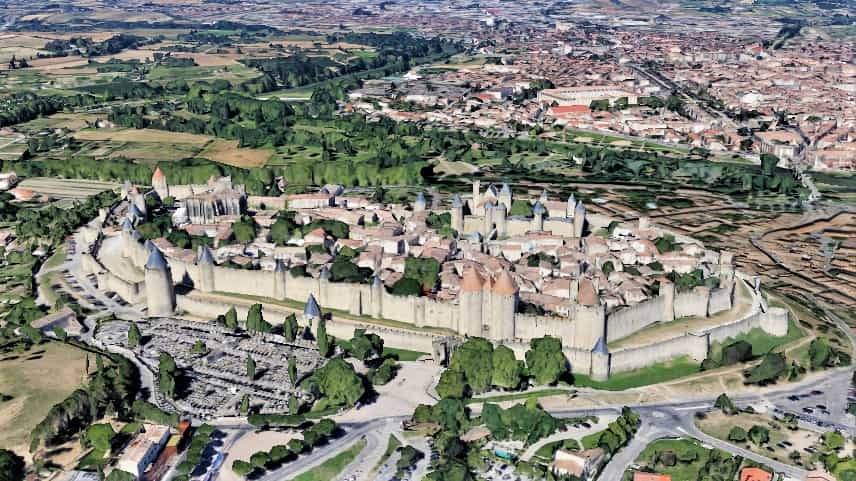
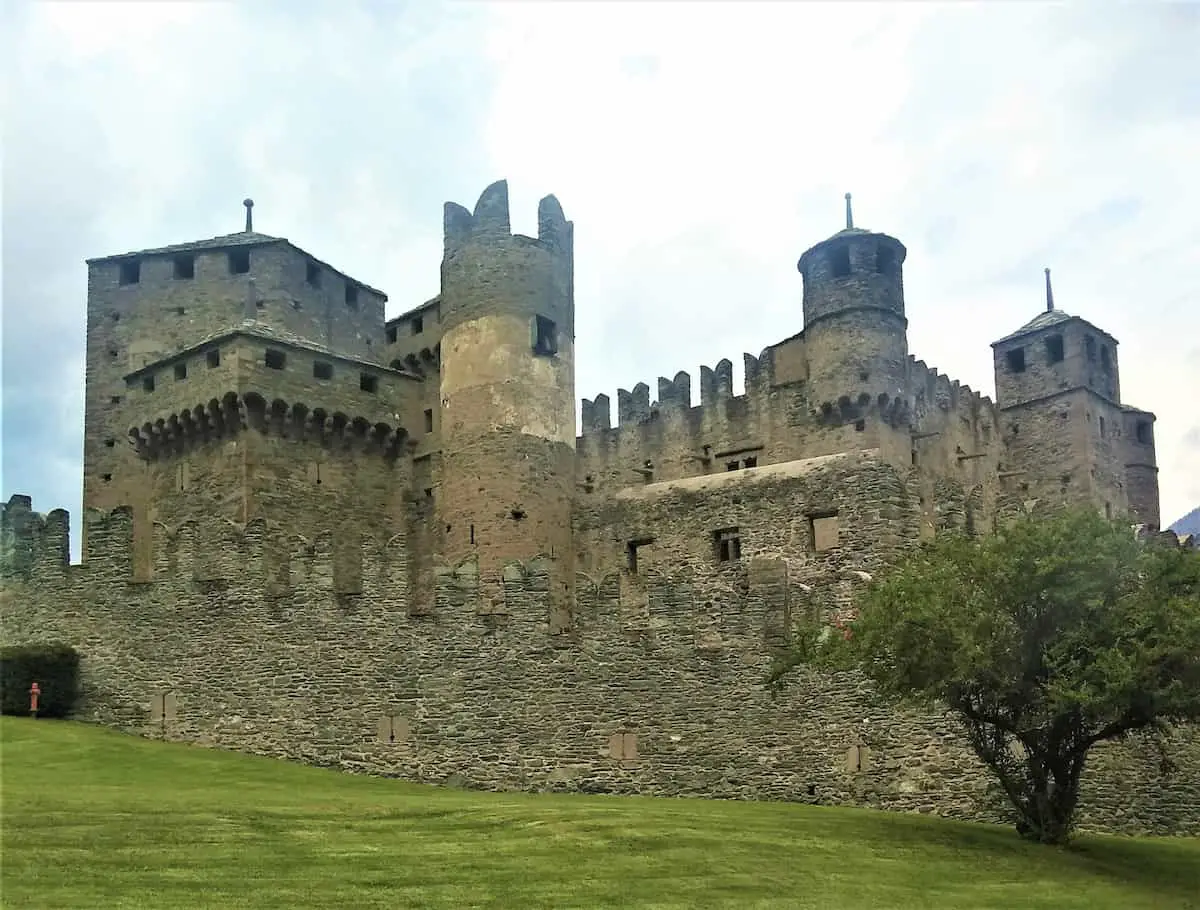


 Is it more natural to feel like a man/woman when you, in fact, are a man/woman?
Is it more natural to feel like a man/woman when you, in fact, are a man/woman?
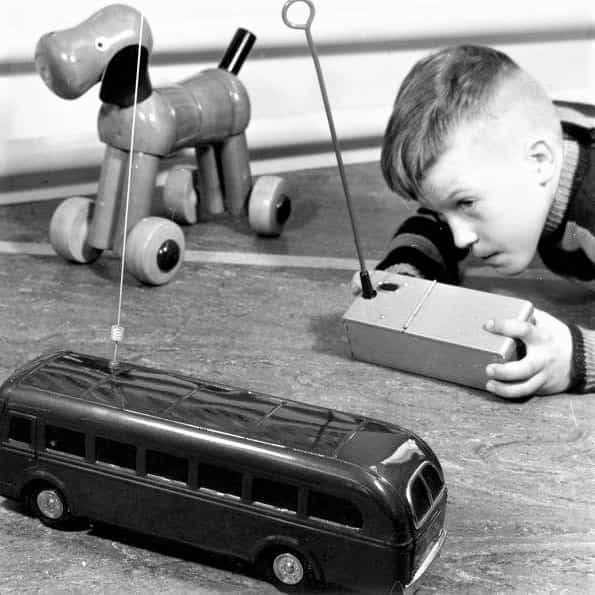

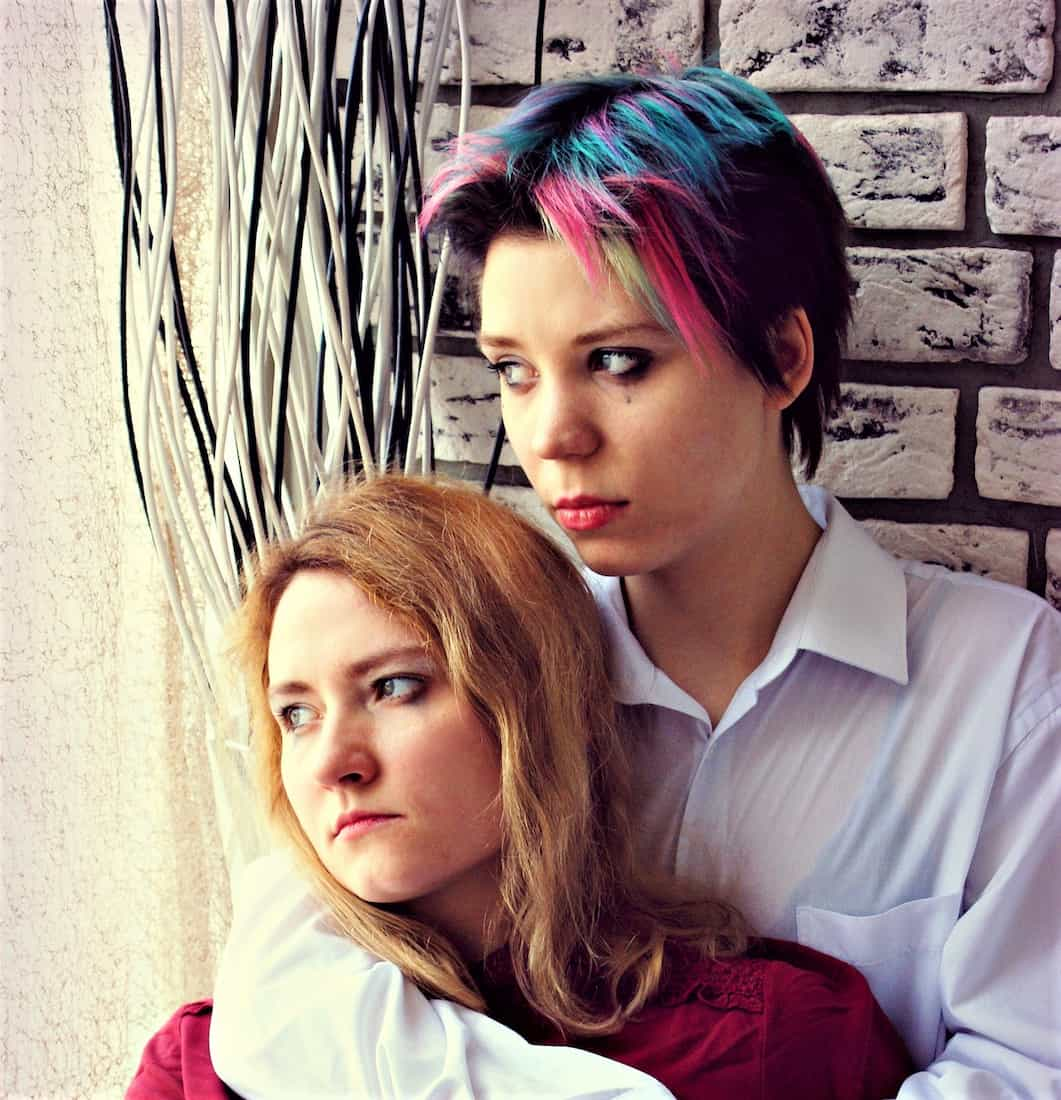




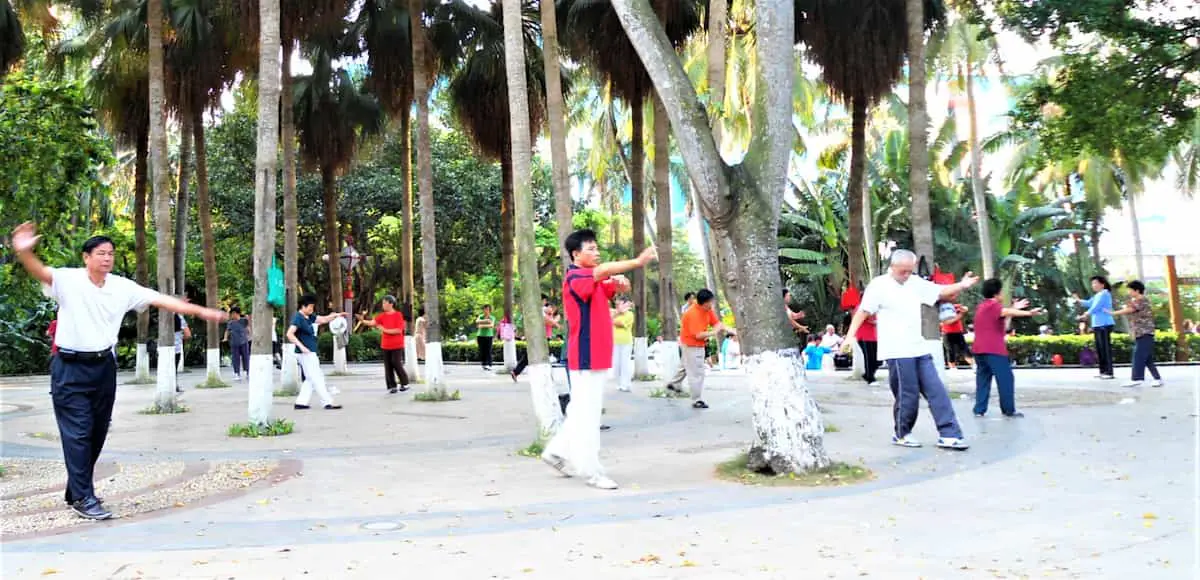
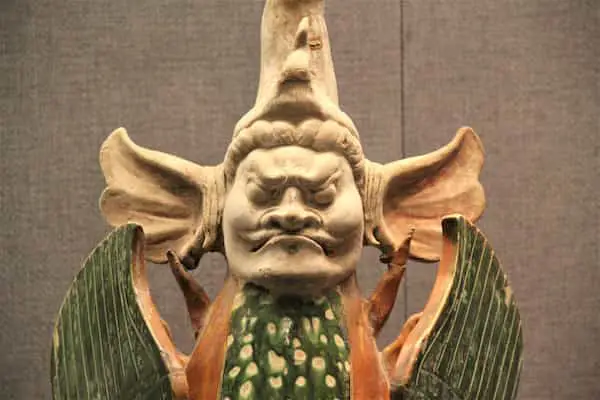






 The origin of Karate – Public entertainment.
The origin of Karate – Public entertainment.






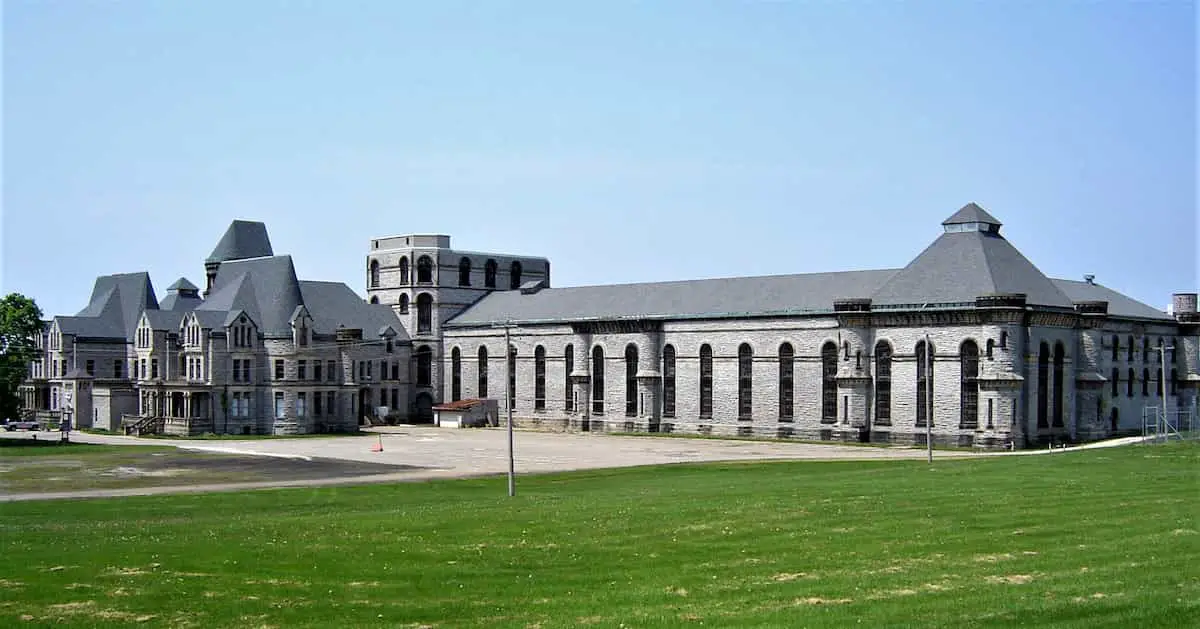
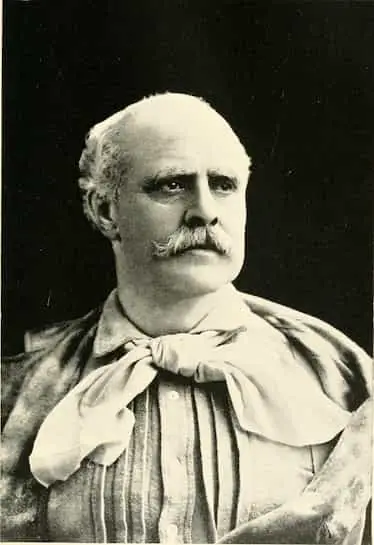


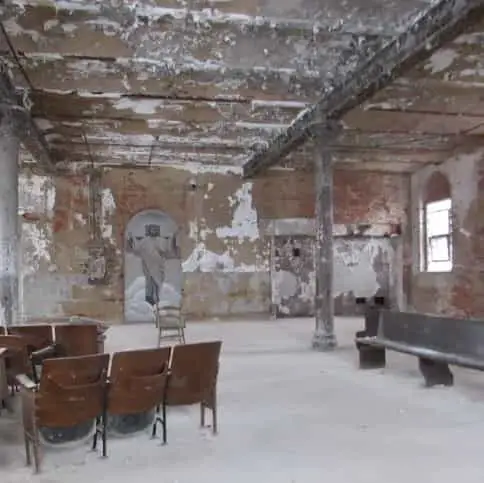
 What do the YouTube experts say?
What do the YouTube experts say?

